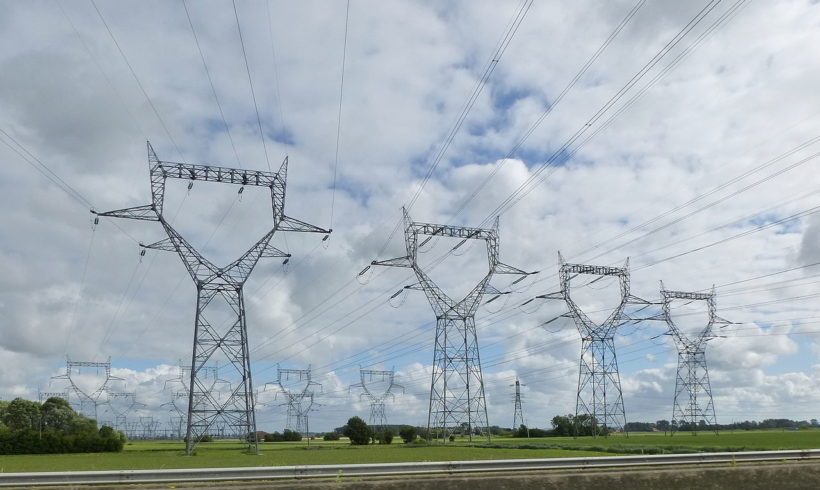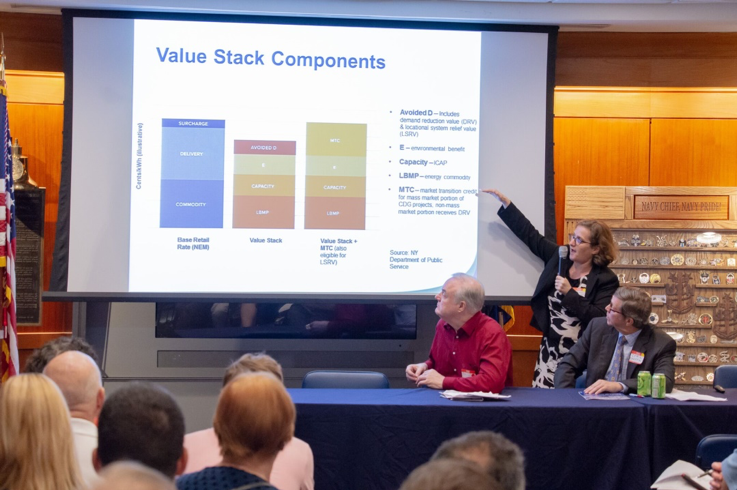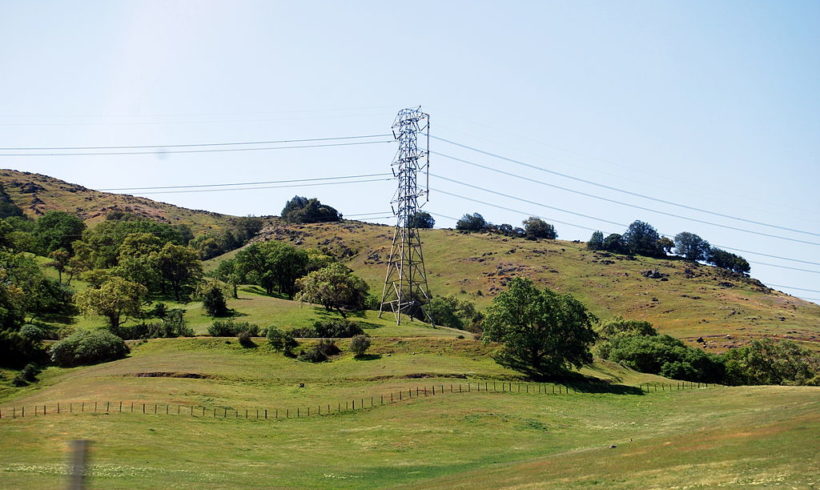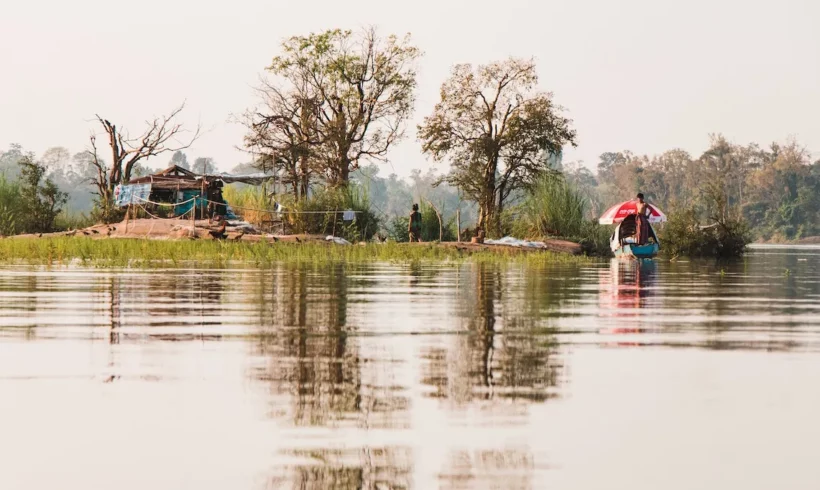By DR. MIRIAM ACZEL Cambodia has one of the lowest electrification rates in Southeast Asia: roughly half of Cambodia’s population does not have access...
Archive for category: Electric Generation

La Ciudad de las Ideas (‘City of Ideas’) Champions Environmental Leaders and Solutions
By MIRIAM ACZEL This week, I had the honor of attending the 12th edition of the Ciudad de las Ideas—“City of Ideas”—an International Festival of Brilliant...

The PG&E Bankruptcy and California’s Clean Energy Future
By Matthew Beyer On January 29, 2019, PG&E, the largest utility company in California, filed for Chapter 11 bankruptcy. The announcement comes after a spate of wildfires...

Utilities of the Future: Recap
On October 4th, 2018, Leaders in Energy (LE), in partnership with Resilient Virginia, held its “Utilities of the FutureForum” at the US Navy Memorial in Washington DC. The event had over 80 attendees and was an exciting opportunity to look at recent developments in the role of utilities and future of energy provision and new changes.

Renewable integration strategies in regulated and deregulated electricity market structures
Electricity markets are complex compared to other markets such as transportation and physical commodities markets, as supply and demand are required to be matched in real time. In addition to this, mismatches in electricity load scheduling can lead to serious consequences such as blackouts. Due to its high social importance, in many countries, the electricity sector was previously owned and operated by state agencies. This has however changed, and many countries have restructured and deregulated their electricity markets. Regulated and deregulated electricity markets have their pros and cons in terms of consumer price, efficiency and environmental impacts. In this article, the case of United States is examined to compare the renewable integration strategies in these two different types of electricity markets. In the United States, the Northeast, Midwest, Texas and California have deregulated market structures while other parts have regulated markets. Currently, 24 states have a deregulated generation sector and 18 of them have deregulation at retail level also.

Mini Grids: Providing electricity to Myanmar’s communities away from the grid
In Myanmar, approximately 70 percent of the population and 84 percent of the rural households do not have access to electricity. The Myanmar National Electrification Plan (NEP), funded by the World Bank and other partners, aims to achieve 100 percent electrification by 2030. However, the challenge to reach this goal is huge. Electricity shortages and supply disruptions are widespread in Myanmar due to under-investment in the sector.
Mini grids using locally engineered and financed technology have played a crucial role in the provision of electricity for thousands of villages in the country. These mini-grids largely emerged due to the entrepreneurial drive from the local private sector and community organizations with little or no public sector support. They also simultaneously reflect the determination and ingenuity of many local communities in finding alternatives to candles and kerosene.
Leading Through Adversity: Insights from a Clean Energy & Sustainability Leader
By CARLA FLEMING (Originally posted on LinkedIn Pulse) It was a pleasure to recognize Dr. Robert L. Wallace, President, CEO, and Founder of Bithenergy, Inc., as...
Does Today’s Smart Grid Need More Intelligence? The Link Between Intelligence & Reliability
In this article on smart grid intelligence, the authors explore the unique challenges and resource limitations that utilities experience in responding to emergency power outages...

“Sustainable Scoop” Interview: Janine Finnell of Leaders in Energy
By JANINE FINNELL, MIRIAM GENNARI, and TRAVIS HIGH This article is based on an interview with Janine Finnell, Clean Energy Ambassador and Founder, Leaders in Energy, by Miriam...
Wondering What an #Energy #Technology "Petting Zoo" Event Is?
Leaders in Energy and Potential Energy DC will be co-host a showcase of energy and environmental solutions that you can see and touch (yes, the petting part) - from entrepreneurs right here in the DMV (not the Division of Motor Vehicles) on Wednesday, May 27th, at TeqCorner (near Tyson's Corner and accessible by Metro at 1616 Anderson Road, McLean, VA 22102), from 6 - 8 pm.
- 1
- 2


